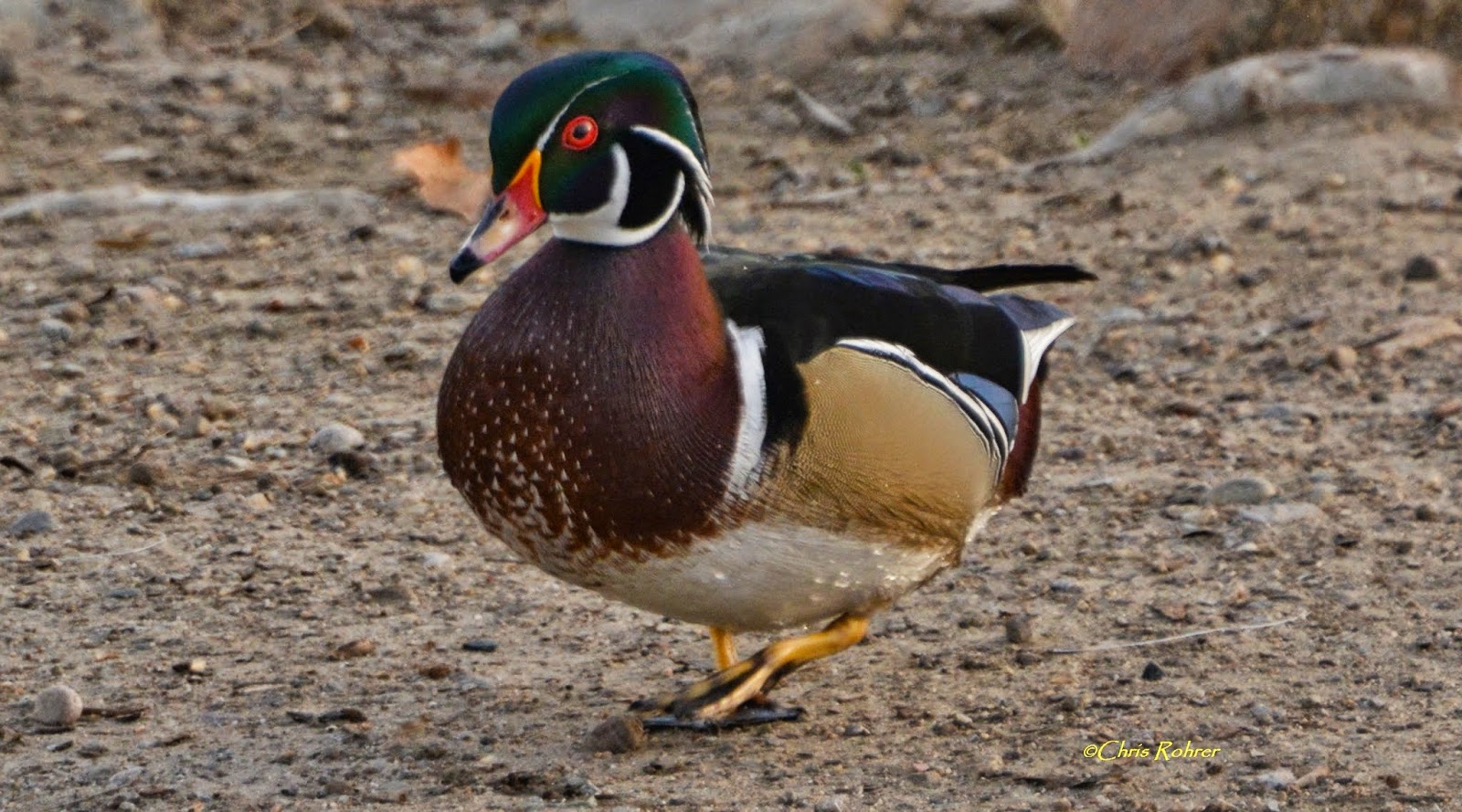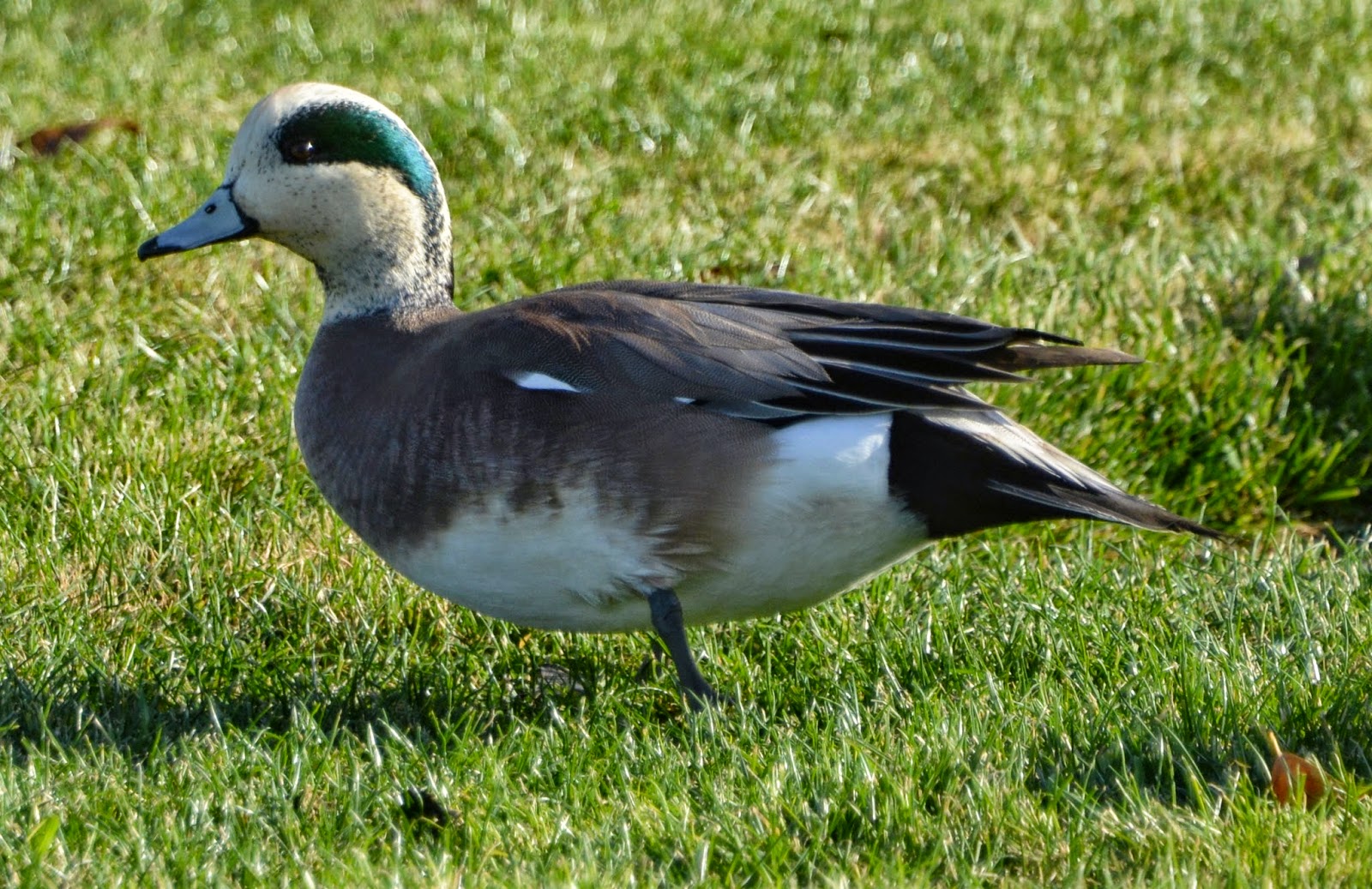 |
| Saguaro Lake |
 |
| Double-crested Cormorant at Christopher Columbus Park in Tucson |
 |
| Northern Beardless Tyrannulet at Agua Caliente Park in Tucson |
 |
| Pied-billed Grebe catching a snack at Agua Caliente Park |
 |
| Olive Warbler |
 |
| Agua Caliente Park |
 |
| Yellow-eyed Junco on Summerhaven, Mt. Lemmon |
 |
| Bald Eagle near the Salt River outside of Phoenix |
 |
| Common Goldeneye on the Salt River |
 |
| Common Merganser near the Russo Sod Farm outside of Phoenix |
 |
| Gray Flycatcher at Saguaro Lake |
We counted many American Pipits at the Sod Farm. Most of the them were feeding around the greens.
 |
| American Pipit at the Russo Sod Farm |
 |
| Osprey near the canals of the Sod Farm |
Where will we go next week? Stay tuned for more!




















.jpg)


































